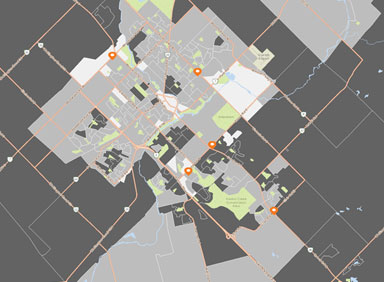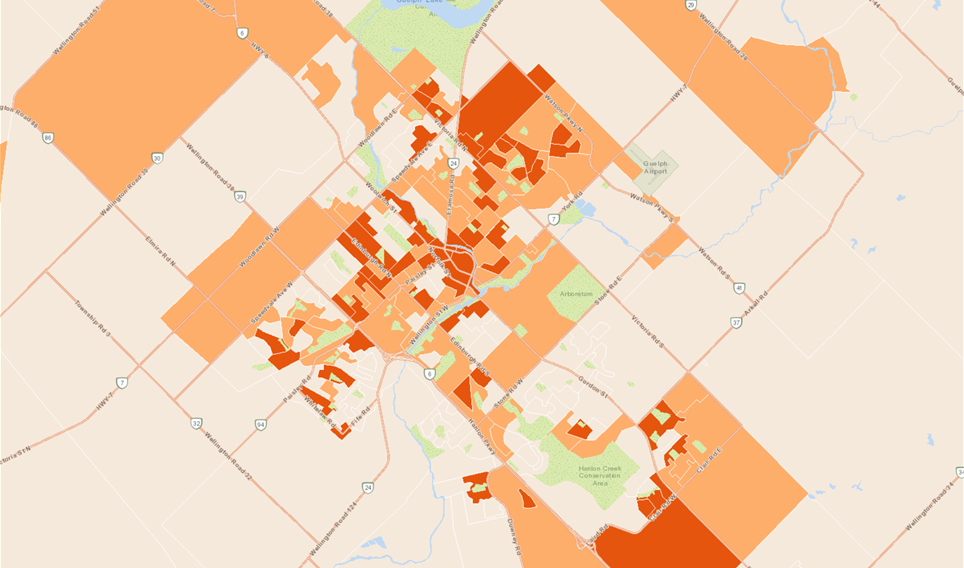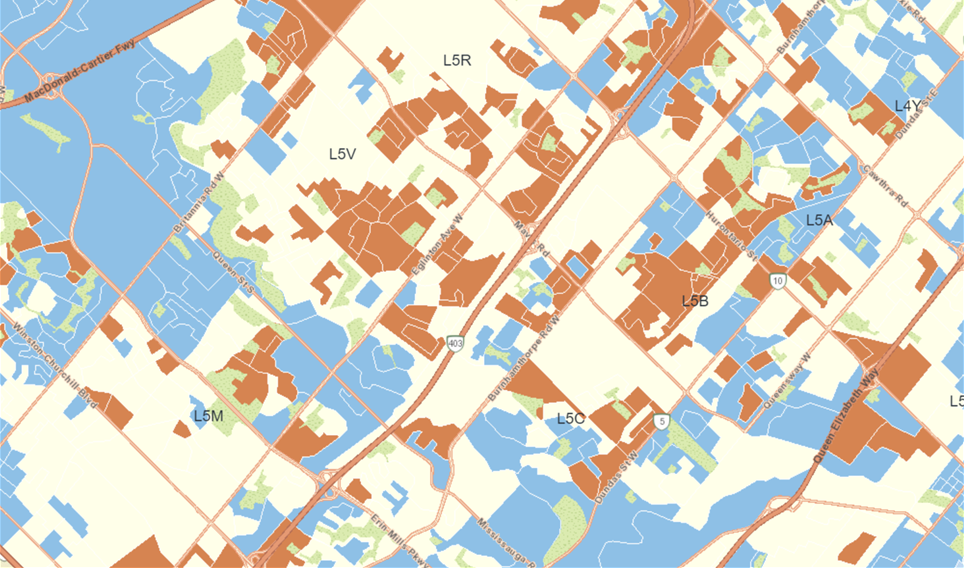
DELTA
For granular analysis of Canadian markets and consumers
DELTA classifies every postal code in Canada into one of 150 segments based on key dimensions such as age, income, education, marital status and dwelling type. While PRIZM was developed for 67 lifestyle types, DELTA classifies every postal code as one of 150 segments to provide finer analysis of the lifestyles and values of Canadians.
The system was developed to help marketers reach today’s consumers in an era of new mobile and digital advertising channels. Organizations are striving to find high-value customers and rely on DELTA to provide more choices to differentiate customers for profiling and modelling applications. It has proven to be particularly useful in rural targeting and when trying to engage the sub-populations found within PRIZM segments.
Advanced modelling
Access data variables at a more granular level to inform complex modelling and projects
Find niche markets
Reach rural communities and sub-populations within PRIZM segments
150 customer segments
Profile and target consumers with greater precision using Delta's 150 unique lifestyle segments
Want to know more about DELTA?
We're here to help.
An in-depth framework to understand Canadian markets
For businesses and organizations who want more choice to differentiate customers for profiling, modelling, and marketing applications.
- 150 customer segments to illustrate the variety of Canada’s lifestyles.
- Information is available at all levels of geography down to the postal code (FSALDU) level.
- Built with psychographic information to better understand the drivers behind behaviours and consumer choices.
- Advanced targeting to reach rural communities and sub-populations within PRIZM segments.
- Built by Canada’s leading demographic experts.
Industry Applications
Organizations are striving to find high-value customers and rely on DELTA to provide more choices to differentiate customers for profiling and modelling applications.
Insurance companies can link DELTA to their CRM data to create more robust consumer segment profiles and identify their most profitable segments. The insights generated can help users develop effective strategies for prospecting and attracting new clients.
Marketers use DELTA when analyzing different trade areas to determine the best media mix and messages to reach their target audiences.
Media companies can create more defined target groups using DELTA segments to help locate areas with high-value customers and provide guidance for more targeted delivery of digital advertising.
Is DELTA too granular for your application?
Try PRIZM instead.
Frequently Asked Questions
DELTA helps to answer key questions about customers like:
- Who are they? (Age, wealth, diversity, education)
- What are they like? (Sports, leisure, arts, spending)
- Where do they live, work and shop?
- How do they think? (Psychographics, values)
- How can they be reached? (Media preferences)
For additional product information, such as release notes, metadata, technical documents, glossaries and training materials, please visit our community site.
Read more about our privacy policy here.
More Data to Choose From
Enhance your data with our privacy-compliant, authoritative databases. Choose from over 60 databases including financial, demographic, segmentation and behavioural data.
Demographic Data
Reach your best customers, track neighbourhood growth patterns and forecast trends with demographic data. We offer five proprietary, privacy-compliant databases.Custom Profiling and Segmentation
Create custom B2B segments, customer segments and economic segments aligned with your business goals and objectives.
Behavioural Data
Understand the behaviours, preferences and attitudes of your target market, from media and shopping habits to attitudes on charitable giving and the environment.










